Embarking on a hike is like going on a date with nature: you want to be prepared, show respect, and not carry too much baggage. Whether you’re eyeing a serene trail through the local woods or planning to conquer some of the Best hikes around the world, packing smart is your first step toward a memorable adventure. From selecting the right boots to ensuring you’ve got enough snacks to rival a squirrel’s stash, here’s how to pack for a hike with efficiency, comfort, and a touch of panache.
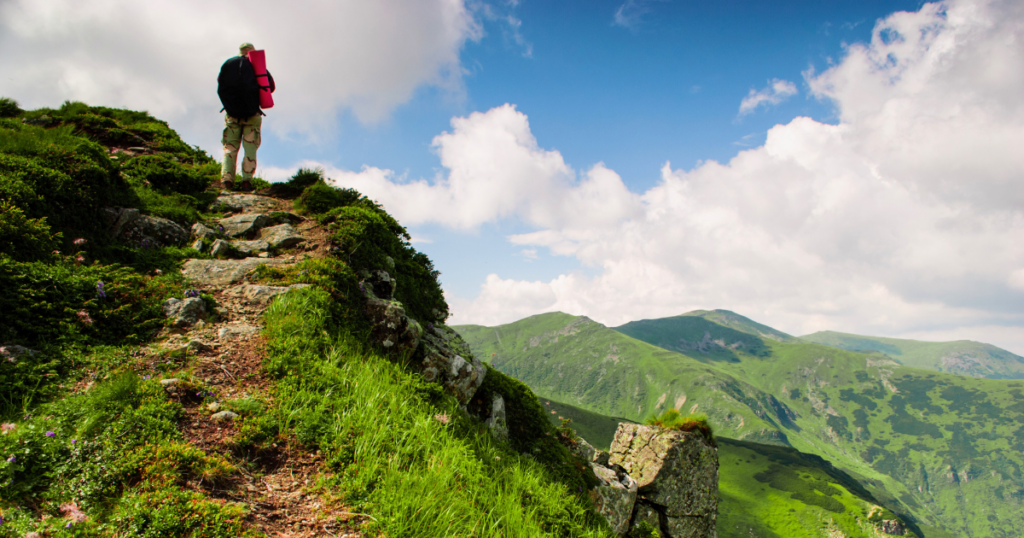
Essentials First: The Non-Negotiables
When you’re miles away from the nearest convenience store, and your only Uber is your own two feet, knowing what essentials to pack can make or break your hiking adventure. Here’s a breakdown of the hiking non-negotiables—the gear you absolutely cannot leave behind if you want your date with the great outdoors to go smoothly.
The Mighty Trio: Backpack, Boots, and Weather-Appropriate Clothing
- Backpack: Your backpack is essentially your house on your back. For day hikes, a 20-30 liter backpack should suffice, offering enough space for all your essentials without weighing you down. Look for one with comfortable straps, a hip belt, and multiple compartments for easy access to your gear. If you’re venturing out for multiple days, consider a larger pack with a capacity of 50 liters or more, equipped with features like a sleeping bag compartment and hydration reservoir.
- Boots: There’s nothing worse than unhappy feet on a hike. Invest in a pair of high-quality hiking boots that offer good ankle support, a grippy sole, and waterproof features. It’s crucial to break them in before your hike to avoid the dreaded blister saga that every hiker fears. For warmer weather, breathable trail shoes might be preferable, especially on well-maintained paths.
- Clothing: Dressing in layers is the secret sauce to staying comfortable on the trails. Start with a moisture-wicking base layer that keeps sweat off your skin, add an insulating layer like fleece for warmth, and top it off with a waterproof and windproof shell. Don’t forget accessories like hats, gloves, and gaiters, depending on the season. This layering strategy lets you adjust your comfort level as the day progresses and temperatures fluctuate.
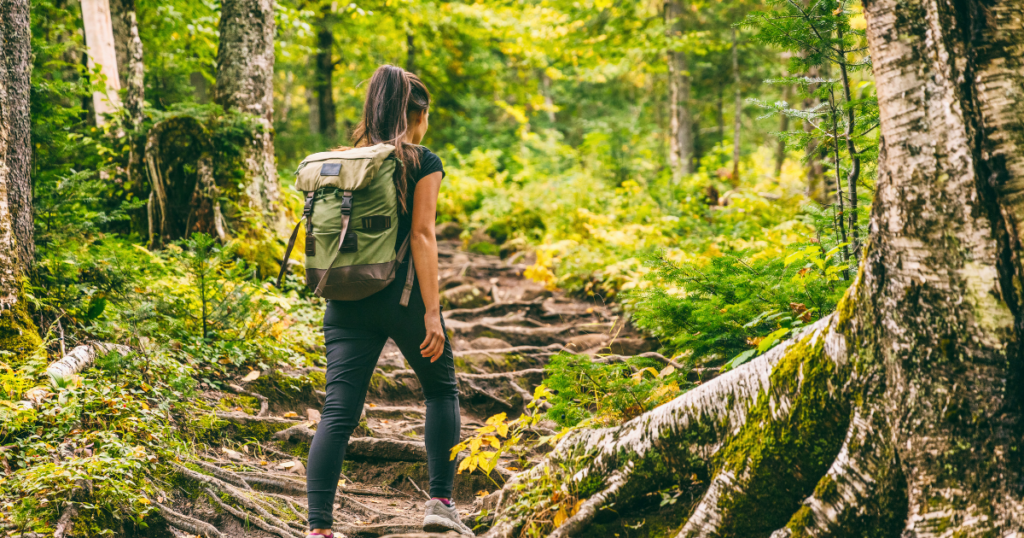
Navigate and Hydrate
- Hydration: Water is your most essential companion on any hike. For average day hikes, aim to carry at least 2 liters of water. If you’re planning a longer trek or hiking in hot conditions, increase this amount accordingly. Consider a hydration system like a bladder with a drinking tube for easy access, or carry reusable water bottles in side pockets of your backpack.
- Navigation Tools: While tech gadgets are great, never rely solely on your smartphone for navigation. GPS devices are more reliable but always pack a physical map and compass as backups. They don’t require batteries and can be lifesavers in areas with poor signal or if your electronic devices fail.
Safety and Snacks
- First Aid Kit: A basic first aid kit should include items such as bandages, antiseptic wipes, antibiotic ointment, pain relievers, and specific medication you or your hiking partners may need. Tailor your kit based on the nature and duration of the hike, and know how to use each item in it.
- Food: Pack energy-rich and easy-to-carry foods to keep your motor running. Think energy bars, nuts, dried fruits, jerky, and for longer hikes, more substantial meals like sandwiches or hearty granola. Always pack a little extra as a safety margin.

By prioritizing these essentials, you ensure that you’re prepared for a safe and enjoyable outdoor experience. Each item plays a crucial role in your overall comfort and ability to tackle the trails confidently. Remember, in the wilderness, being prepared isn’t just a convenience—it’s a necessity!
The Personal Touches: Comfort and Joy
Once you’ve got the essentials squared away, it’s time to consider those personal items that turn a good hike into a great one. These are the extras that cater to your individual needs, enhance your comfort, and add a dash of fun to your journey. From capturing the beauty around you to enjoying a serene moment under the stars, here’s how to bring a little extra joy and comfort to your hike.
Gadgets and Gimmicks
- Camera: For many, hiking is as much about the scenery as it is about the challenge. Packing a camera or ensuring your smartphone has a good camera function allows you to capture those breathtaking views. For the photography enthusiast, consider a lightweight DSLR or a mirrorless camera. For the casual snapper, a smartphone or a compact camera might do the trick.
- Portable Charger: Even if you plan to unplug, having a charged phone can be crucial for emergencies or using digital map apps. A portable charger ensures that your device stays powered, especially on longer treks or when using power-draining apps.
- Headlamp: A headlamp is not just for those planning to hike at dawn or dusk. It’s essential if you spend longer on the trail than expected and the sun begins to set. Look for one with adjustable settings, including a red night vision mode to preserve your eyesight in the dark.
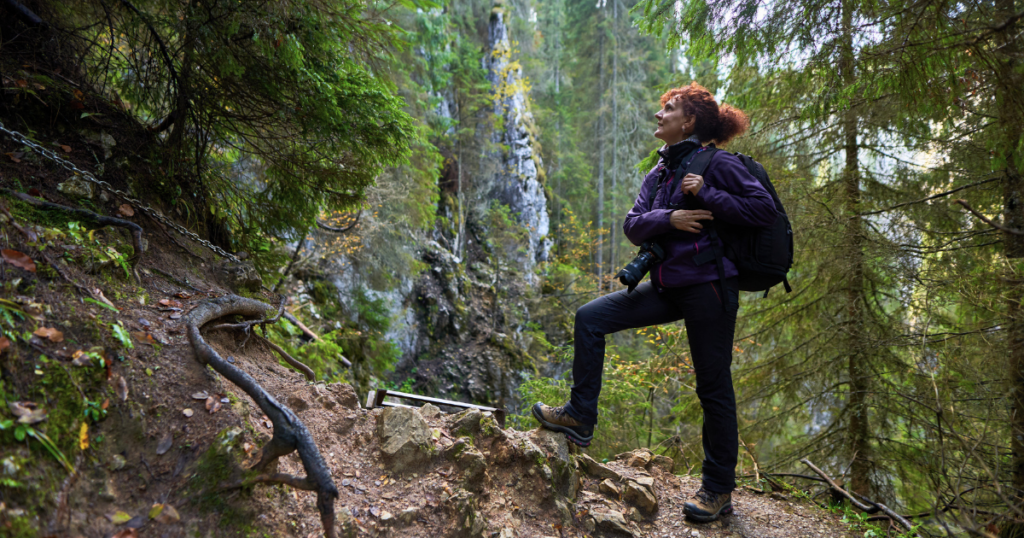
The Little Luxuries
- A Good Book or Journal: There’s something profoundly peaceful about reading or writing in the middle of nature. Whether it’s jotting down your thoughts, sketching the landscape, or losing yourself in a novel, these moments of quiet reflection can deeply enhance your connection to the environment.
- Lightweight Hammock: If your hike includes breaks in scenic spots, a lightweight hammock can be the perfect companion for a comfortable rest. It’s quick to set up between two sturdy trees and offers a relaxing way to enjoy the views and the fresh air.
- Tea or Coffee: Imagine sipping a hot cup of coffee or tea while surrounded by nature’s splendor. Packing a small, lightweight travel kettle or a portable coffee press can transform your rest breaks into delightful rituals. Remember to adhere to Leave No Trace principles, keeping the wilderness pristine.
Enhancing the Experience
- Binoculars: For birdwatchers or those simply wanting to get a closer look at distant peaks or wildlife, a pair of binoculars adds depth to your visual experience without adding significant weight to your pack.
- Comfortable Seating Pad: A small, foldable seating pad can keep you dry and comfortable during breaks, protecting you from cold, damp, or rough terrain.
- Favorite Snacks: Beyond the essentials, treat yourself to your favorite snacks or luxurious treats like dark chocolate or gourmet nuts. These small indulgences can be a high point on a tough trail.
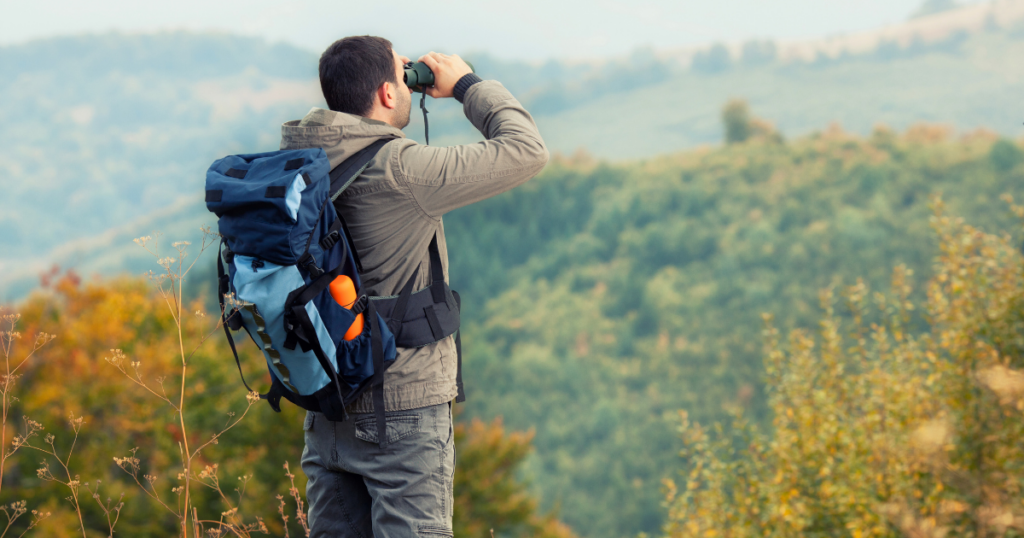
Packing these personal touches not only enhances your comfort but also enriches your overall hiking experience. They allow you to enjoy the journey and the destination, making your time on the trail uniquely satisfying and memorable. Remember, while it’s important to pack light, it’s equally important to pack right, ensuring you have everything to make your hiking adventure enjoyable and rewarding.
Packing It All Up: Tips and Tricks
Efficiently packing your backpack is both an art and a science. It requires thoughtful consideration of what to bring and how to fit it all together. Like assembling a puzzle, the goal is to maximize space, distribute weight evenly, and ensure you can easily access the items you need when you need them. Here’s how to pack smart and set yourself up for success on the trail.
Compartmentalize for Efficiency
- Use Packing Cubes or Bags: These handy organizers aren’t just for suitcases; they’re perfect for backpacks, too. Use different-sized cubes or waterproof bags to segregate your gear by type—clothing in one, food in another, and electronics in a third. This system not only keeps your pack organized but also helps to compress items, freeing up valuable space.
- Pack by Priority: Place items you’ll need quick access to, like snacks, a first aid kit, and rain gear, near the top of your pack or in side pockets. Store less frequently needed items, such as extra clothing and sleeping gear, toward the bottom. Consider the flow of your day and pack accordingly.
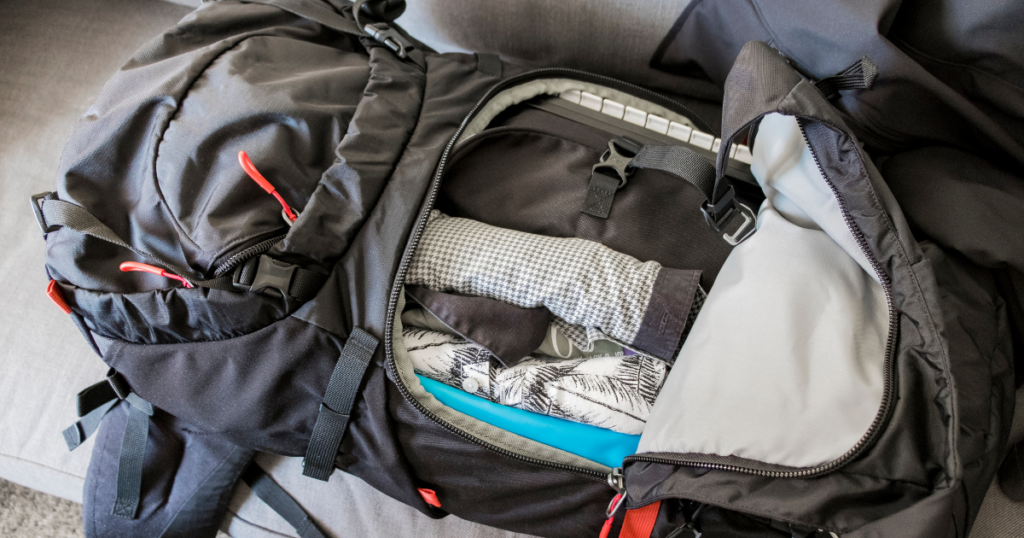
Check the Weight
- Balance the Load: Distribute the weight evenly to avoid straining your back. Heavier items should be packed closer to your spine and centered between your shoulders and hips. This positioning helps maintain balance and reduces the load on any one part of your body.
- Weigh Your Pack: As a general rule, your packed backpack should not weigh more than 20% of your body weight for hiking. Anything more can make the hike unnecessarily tough and increase the risk of injury.
Leave No Trace
- Pack Reusable and Eco-Friendly Gear: Embrace sustainability in your hiking practices. Include items like reusable water bottles, a set of utensils, and a lightweight, reusable trash bag to carry out any garbage. Each item should leave minimal environmental impact.
- Plan for All Waste: Ensure you have a plan for human waste if you’re hiking in an area without facilities. Pack a trowel, toilet paper, and sanitation bags if necessary.
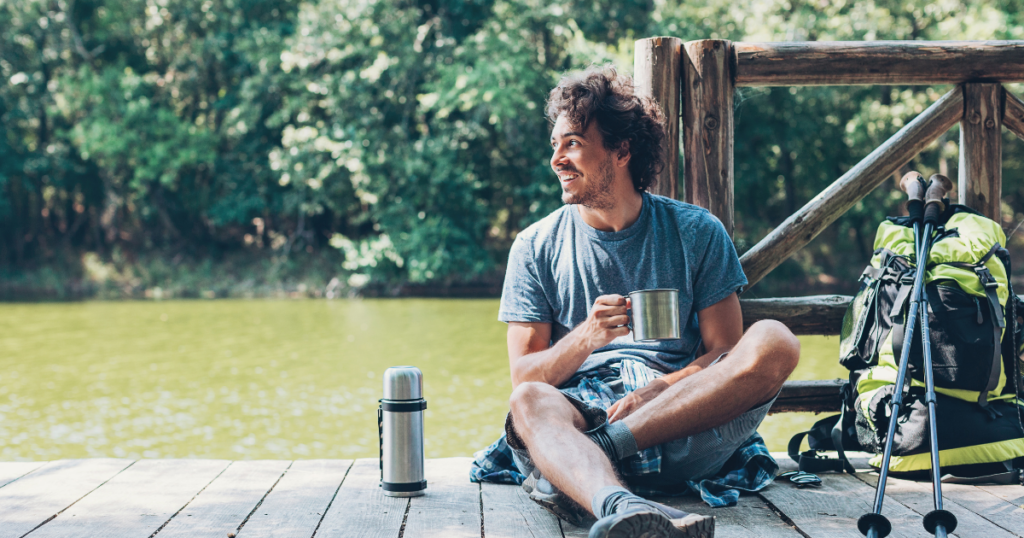
Final Packing Tips
- Do a Trial Pack: Before your hike, do a trial pack and a short walk to see how everything fits and feels. Adjust as needed, making sure straps are comfortable, the weight feels balanced, and no items are digging into your back.
- Weather-Proof Your Gear: Even if the forecast is clear, prepare for unexpected changes in weather. Use waterproof sacks or pack covers to protect your gear from rain. It’s better to have it and not need it than need it and not have it.
- Pack a Repair Kit: Include a few essentials like duct tape, safety pins, and a multi-tool. These can come in handy for quick fixes to gear, clothing, or even your backpack.
Ready, Set, Hike!
Packing for a hike is about balancing necessities with comfort. By choosing your gear wisely, you prepare not just for the physical journey but for an immersive experience in nature’s wonders. Whether you’re traversing local trails or tackling global treks featured in the „Best hikes around the world,“ how you pack can make the difference between a trip you’ll want to remember and one you can’t wait to forget.
Follow us on Facebook, Pinterest and Instagram for more travel tips and inspiration.
Planning your next hiking adventure? Make Lambus your go-to travel companion to streamline your journey! With Lambus, you can easily organize your itinerary, track your packing list, manage expenses, and even share route details with your hiking buddies—all in one user-friendly app. Simplify your travel plans, focus on the beauty of the great outdoors, and let Lambus handle the logistics, making your hiking experience smoother and more enjoyable.

